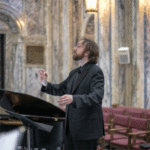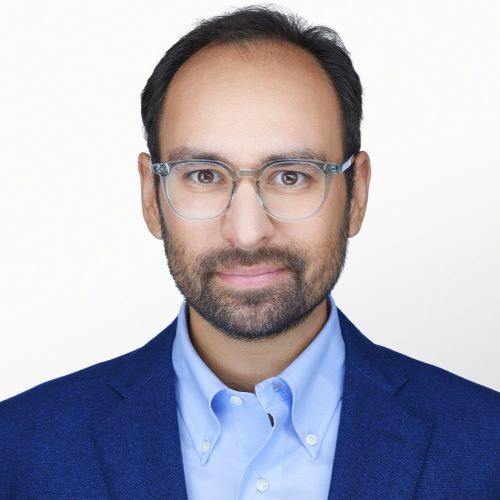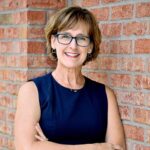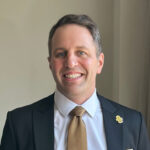
Architect draws on problem solving skills from liberal arts education

Nicholas Knodt ’10 knew that he wanted to become an architect when he was choosing a college. He decided to come to Wooster because he wanted to have a liberal arts education rather than pursue the more direct degree in architecture.
“I came to Wooster looking at both math and physics as a way to explore architecture, but quickly realized I preferred to start with urban studies and studio art,” Knodt said. His First-Year Seminar with Heather Fitz Gibbon, professor and co-chair of sociology & anthropology and chair of urban studies, was about life in cities, both from a sociological perspective and an urban development perspective. “I thought all of that was really interesting and decided to pursue a minor in urban studies,” Knodt said.
He declared a major in studio art and loved the conversations he had with professors in that department, including Marina Mangubi, professor of art and art history, Walter Zurko, professor emeritus of studio art, Bridget Murphy Milligan, chair of art and art history, and John Siewert, associate professor of art and art history. “Part of what attracted me to architecture is the ability to think about theory, aesthetics, form, and space simultaneously,” he said. “I found that by pairing art and urban studies I could tackle all those aspects and prepare for studying architecture through a master’s program in architecture.”
After graduating and working at an art gallery, Knodt enrolled in the University of Virginia’s School of Architecture. “I drew heavily on the conversations I had at Wooster and in the Independent Study program, including approaching problems though big picture inquiry instead of coming to them with preconceived solutions,” he said. “That’s what has been so valuable for me personally by taking a liberal arts path to architecture instead of the bachelor of architecture path.”
Knodt’s master’s thesis built on his I.S., which focused on suburban development. After graduating, he worked in Boston and focused on cultural, higher education, and healthcare design. He eventually moved to Washington, D.C. and joined Quinn Evans, an architectural firm, where he is helping design a renovation and addition to a prominent historic building in the city.
“Part of what I really enjoy about this project is that there’s a huge arc in terms of what I’ve been able to focus on,” he said. He started by helping design a contemporary addition that respects the historic building and is now working through construction administration where the architectural team reviews construction progress, brainstorms solutions for conflicts, and confirms the intent of the design. “This construction phase requires a different skill set distinct from the design phase, it’s more about collaboration across groups while acting as a voice for the design and helping the contractor interpret the construction drawings,” he said.
Knodt said that Wooster prepared him for his career in many ways. “Studio art helped me understand how composition, form, and aesthetics can be grounded in theory and ideas about the world around us.” Wooster also helped him learn how to approach problem solving and develop rigor in thinking, something he uses daily since graduating. “It really helps when working on complex problems—being able to take a step back and say, ‘What is the real issue here and how can we approach it? Who are the various stakeholders in this process and how can we all find something that works?’” he said. “Being able to take that step back and help find solutions is really critical to what I do. A lot of that started at Wooster.”
Image: Nicholas Knodt ’10. Photo provided by Knodt.
Posted in Alumni on December 1, 2023.
Related Posts
Related Areas of Study
Art - Studio Art
Studio space, small classes with talented instructors, and the strong foundation that comes with a liberal arts education.
Major MinorUrban Studies
A blend of sociology, economics, and political science for those with a passion for the promise and challenges of cities
Major Minor

